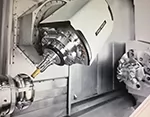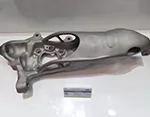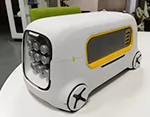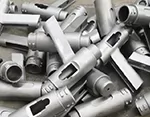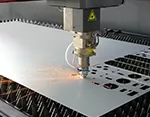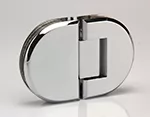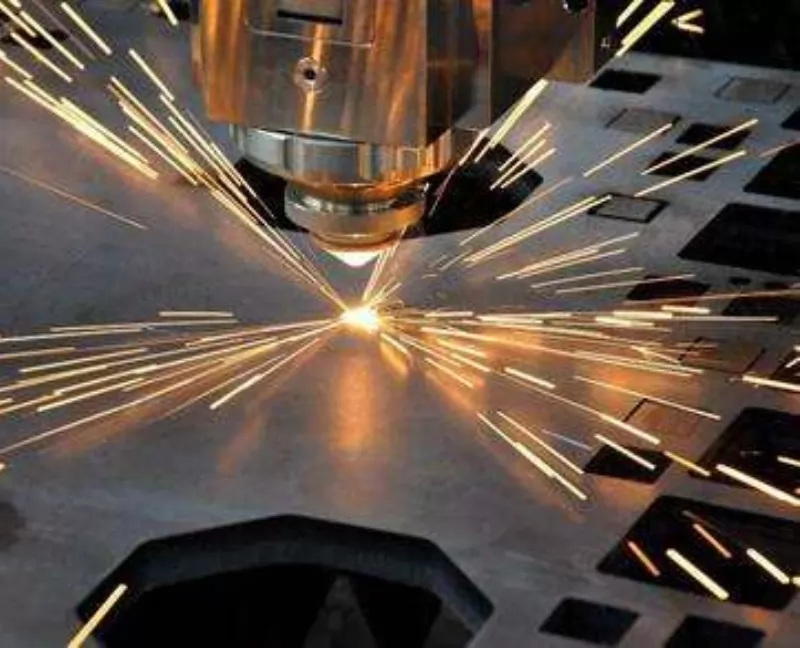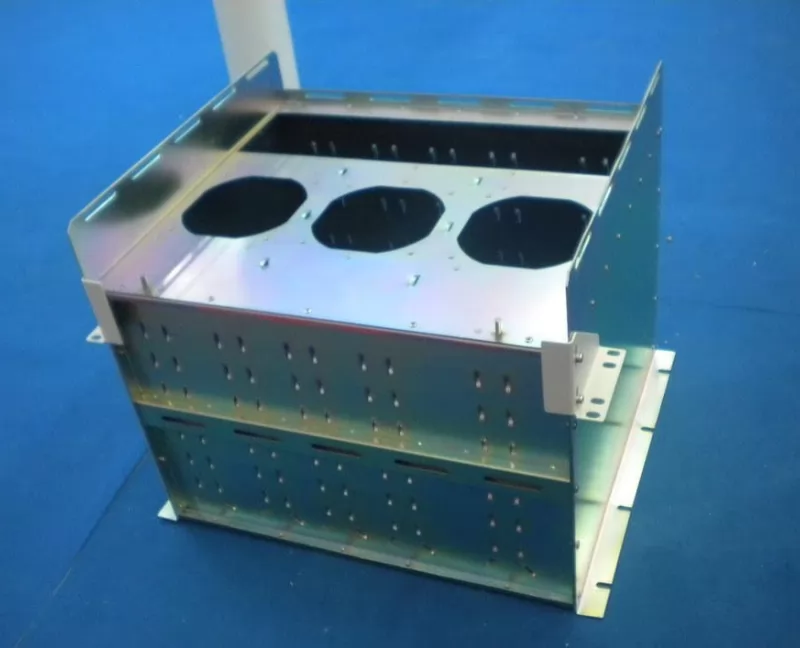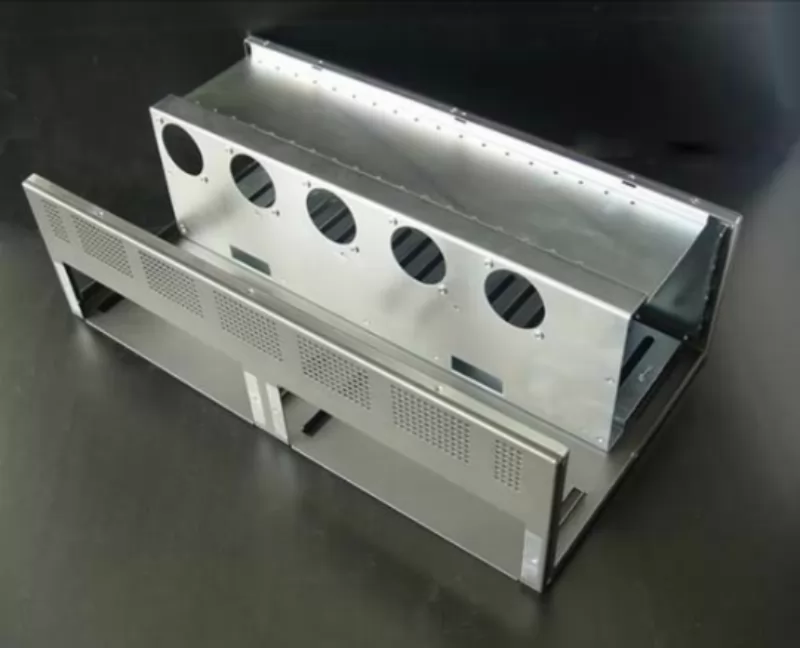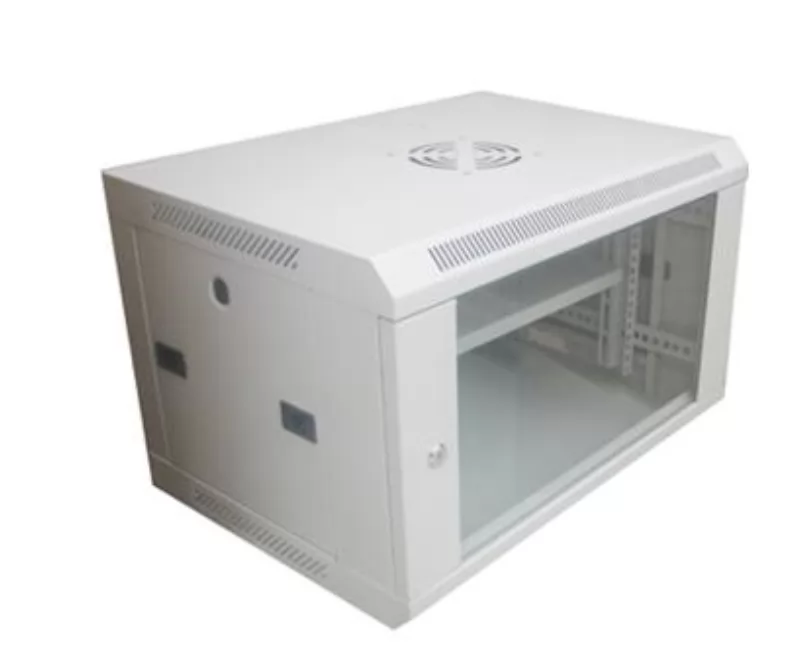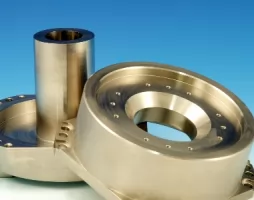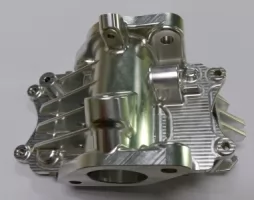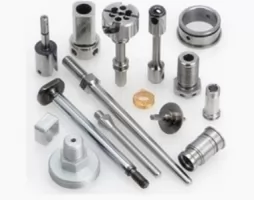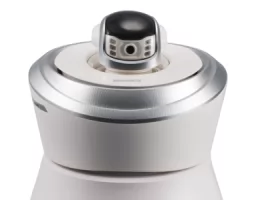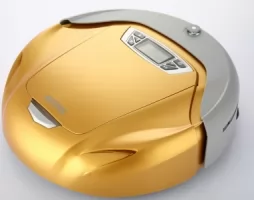-
Service
+
- CNC Precision Machining Service +
- Multi-Axis Simultaneous Machining Service +
- CNC Turning Service +
- Metal 3D Printing Service +
- Rapid Prototyping Service +
- Die Casting Service +
- Sheet Metal Fabrication Service +
-
Finish Serivces
+
- Polishing
- Grinding
- Brushed Finish
- Sand blasting
- Painting
- Powder Painting
- Anodizing
- Hard anodizing Service
- Passivation
- Zinc Plating
- Nickel Plating
- Chrome Plating
- Blackening
- Black Zinc Plating
- Teflon Coating
- Titanium Coating
- DLC Coating
- Laser Marking
- Silk Screen Printing
- Transfer Printing
- Micro Arc Oxidation
- Industries +
- About Us +
- Resource +
- Contact Us
- Quote

-
Service
-
>
-
>
-
>
-
>
-
>
-
>
-
>
-
>
-
- Industries
- About Us
- Resource
- Contact Us
Sheet metal parts are products that are formed from thin flat pieces of metal, mostly by an industrial process. These sheet metal parts are single items that can be formed for use as-is, or they can be joined together in many configurations to create a larger item like a weldment. From there, weldments and additional sheet metal parts can be combined by joining them together to create metal assemblies in a variety of shapes and sizes.
Sheet Metal Fabrication Services
At Kesu Hardware, we provide laser cutting, stamping and welding process for sheet metal fabrication service.
Laser Cutting
Laser Cutting is a sheet metal fabrication process, which focus high-density laser beam on the parts, and cut off the parts to desired workpiece. We offer laser cutting for metal sheet in aluminium, steel, stainless steel, brass and copper.
Kesu Hardware specialize in one-stop manufacturing service for non-standard and high precision parts. Proffesional for sheet matal fabrication, CNC machining and post-finish.
Stamping
Metal Stamping is the process of placing sheet metal in blank form into a stamping press where a die surface, and forms the metal into the desired shape.
Welding
Welding is a popular process in sheet metal fabrication. Currently, we provide sheet metal welding for aluminium, steel, stainless steel, cooper and many other metals. The welding joint and point can be removed or processed till it seems like never welded before.
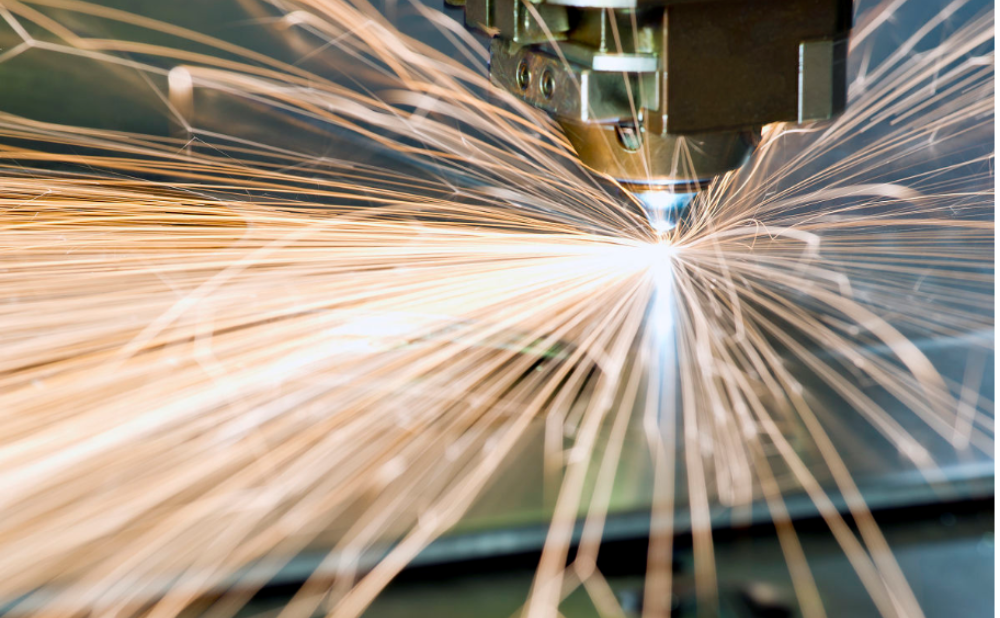
Benefits of Sheet Metal Parts
Strength and Durability
Since sheet metal exhibits high strength and durability, sheet metal parts are capable of withstanding heat and greater pressure than those made from plastic. Furthermore, stainless steel, aluminum, or surface-treated steel have high resistance to corrosion, pressure, wear, and tear.
Malleability
On top of durability, sheet metal is also malleable. With the proper equipment, sheet metal can be bent into many shapes while still retaining its structural integrity and strength. Sheet metal parts can be stretched or compressed without cracking or breaking. Very specific shapes can be obtained when sheet metal is cast or molded.
Replaceability
Since they are typically made to standard sizes, sheet metal parts are easily replaceable. When many metal parts are used for making an assembly, instead of constructing the entire part out of one material, the individual components can be replaced without having to replace the entire assembly. This is one of the biggest advantages of using sheet metal parts over other materials. Replacing individual parts saves money over having to (sometimes repeatedly) replace entire assemblies.
Sustainability
Sheet metal parts are sustainable. Metal is a natural resource that is both economically and environmentally strategic. When specific sheet metal parts are no longer needed, they can be recycled indefinitely and turned into other parts.
Cost Effectiveness
Sheet metal parts are a more economical choice since tooling costs for plastics can be very high. Most companies utilize sheet metal parts instead of cast or molded parts due to the overall reduction in material waste and costs.
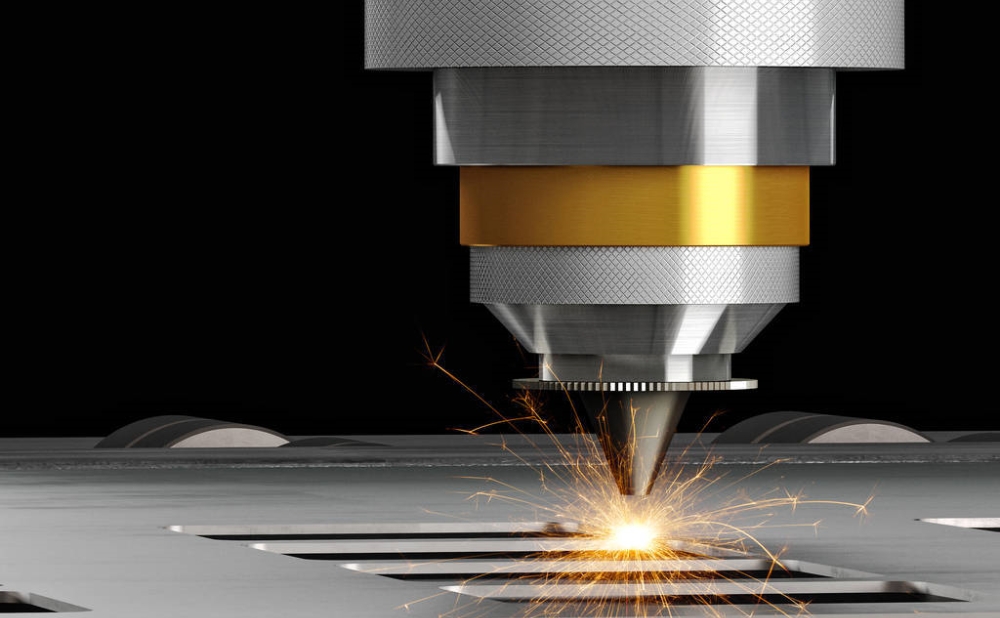
Applications of Sheet Metal Parts
Sheet metal parts are used in many industries including the following:
They are utilized for automobile and truck bodies.
Sheet metal parts create airplane fuselages and wings.
Major appliances are constructed from sheet metal parts.
Tinplate may still be used for cans.
In architectural settings, they often serve as roofing for buildings.
Sheet metal parts made from iron, as well as other materials that exhibit high magnetic permeability (also called laminated steel cores), have their applications in electric machines and transformers.
Sheet metal parts are used for decorative purposes including in horse tack.
Sheet metal parts are used in the construction industry
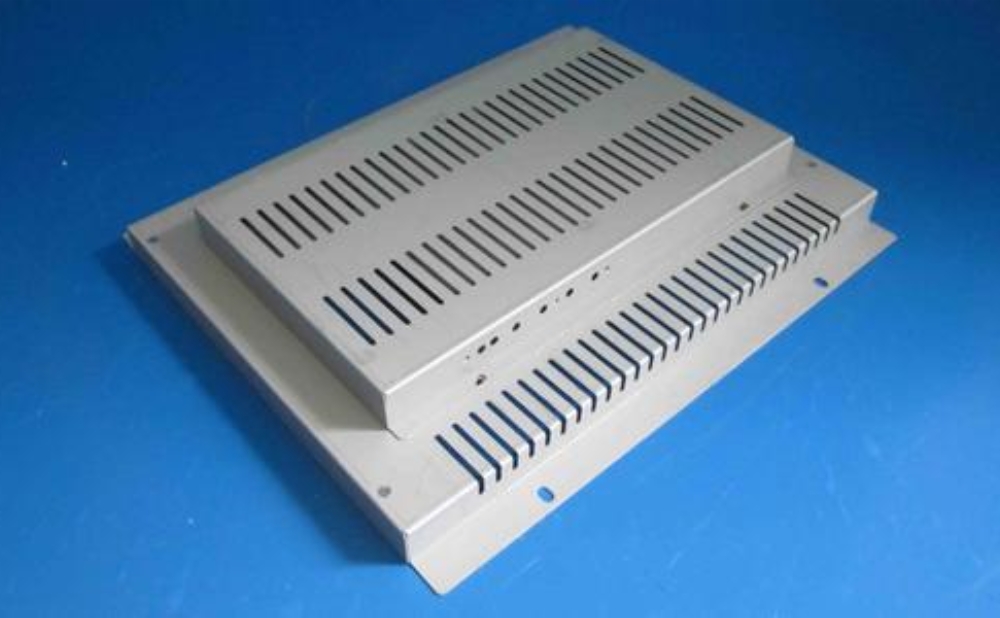
Contact:
Email: Diana@kesugroup.com,
WhatsApp: +86 156-2583-1454
Our engineer team are ready for your projects and provide feedback quickly.

